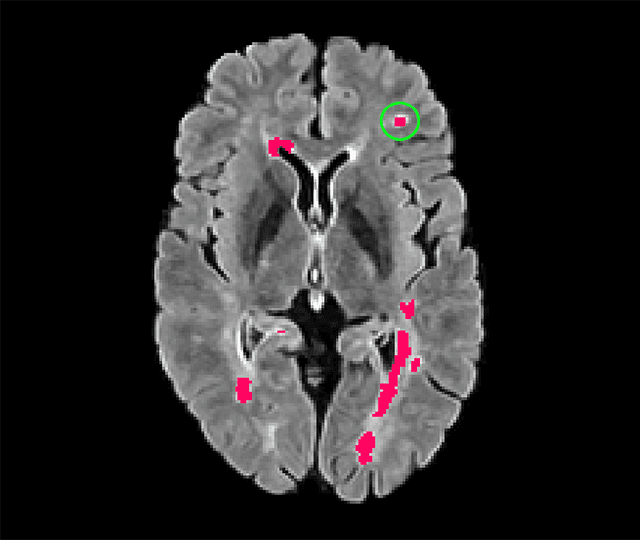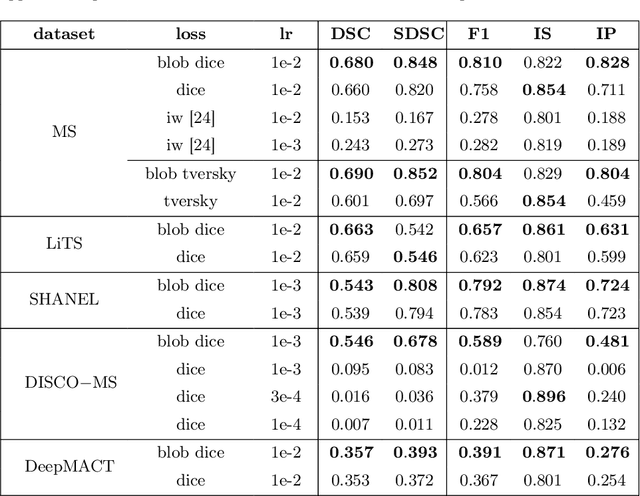Jan Peeken
Explainable 2D Vision Models for 3D Medical Data
Jul 13, 2023Abstract:Training Artificial Intelligence (AI) models on three-dimensional image data presents unique challenges compared to the two-dimensional case: Firstly, the computational resources are significantly higher, and secondly, the availability of large pretraining datasets is often limited, impeding training success. In this study, we propose a simple approach of adapting 2D networks with an intermediate feature representation for processing 3D volumes. Our method involves sequentially applying these networks to slices of a 3D volume from all orientations. Subsequently, a feature reduction module combines the extracted slice features into a single representation, which is then used for classification. We evaluate our approach on medical classification benchmarks and a real-world clinical dataset, demonstrating comparable results to existing methods. Furthermore, by employing attention pooling as a feature reduction module we obtain weighted importance values for each slice during the forward pass. We show that slices deemed important by our approach allow the inspection of the basis of a model's prediction.
blob loss: instance imbalance aware loss functions for semantic segmentation
May 17, 2022



Abstract:Deep convolutional neural networks have proven to be remarkably effective in semantic segmentation tasks. Most popular loss functions were introduced targeting improved volumetric scores, such as the Sorensen Dice coefficient. By design, DSC can tackle class imbalance; however, it does not recognize instance imbalance within a class. As a result, a large foreground instance can dominate minor instances and still produce a satisfactory Sorensen Dice coefficient. Nevertheless, missing out on instances will lead to poor detection performance. This represents a critical issue in applications such as disease progression monitoring. For example, it is imperative to locate and surveil small-scale lesions in the follow-up of multiple sclerosis patients. We propose a novel family of loss functions, nicknamed blob loss, primarily aimed at maximizing instance-level detection metrics, such as F1 score and sensitivity. Blob loss is designed for semantic segmentation problems in which the instances are the connected components within a class. We extensively evaluate a DSC-based blob loss in five complex 3D semantic segmentation tasks featuring pronounced instance heterogeneity in terms of texture and morphology. Compared to soft Dice loss, we achieve 5 percent improvement for MS lesions, 3 percent improvement for liver tumor, and an average 2 percent improvement for Microscopy segmentation tasks considering F1 score.
Neighborhood Watch: Representation Learning with Local-Margin Triplet Loss and Sampling Strategy for K-Nearest-Neighbor Image Classification
Oct 28, 2019



Abstract:Deep representation learning using triplet network for classification suffers from a lack of theoretical foundation and difficulty in tuning both the network and classifiers for performance. To address the problem, local-margin triplet loss along with local positive and negative mining strategy is proposed with theory on how the strategy integrate nearest-neighbor hyper-parameter with triplet learning to increase subsequent classification performance. Results in experiments with 2 public datasets, MNIST and Cifar-10, and 2 small medical image datasets demonstrate that proposed strategy outperforms end-to-end softmax and typical triplet loss in settings without data augmentation while maintaining utility of transferable feature for related tasks. The method serves as a good performance baseline where end-to-end methods encounter difficulties such as small sample data with limited allowable data augmentation.
Shape-Aware Complementary-Task Learning for Multi-Organ Segmentation
Aug 14, 2019



Abstract:Multi-organ segmentation in whole-body computed tomography (CT) is a constant pre-processing step which finds its application in organ-specific image retrieval, radiotherapy planning, and interventional image analysis. We address this problem from an organ-specific shape-prior learning perspective. We introduce the idea of complementary-task learning to enforce shape-prior leveraging the existing target labels. We propose two complementary-tasks namely i) distance map regression and ii) contour map detection to explicitly encode the geometric properties of each organ. We evaluate the proposed solution on the public VISCERAL dataset containing CT scans of multiple organs. We report a significant improvement of overall dice score from 0.8849 to 0.9018 due to the incorporation of complementary-task learning.
 Add to Chrome
Add to Chrome Add to Firefox
Add to Firefox Add to Edge
Add to Edge